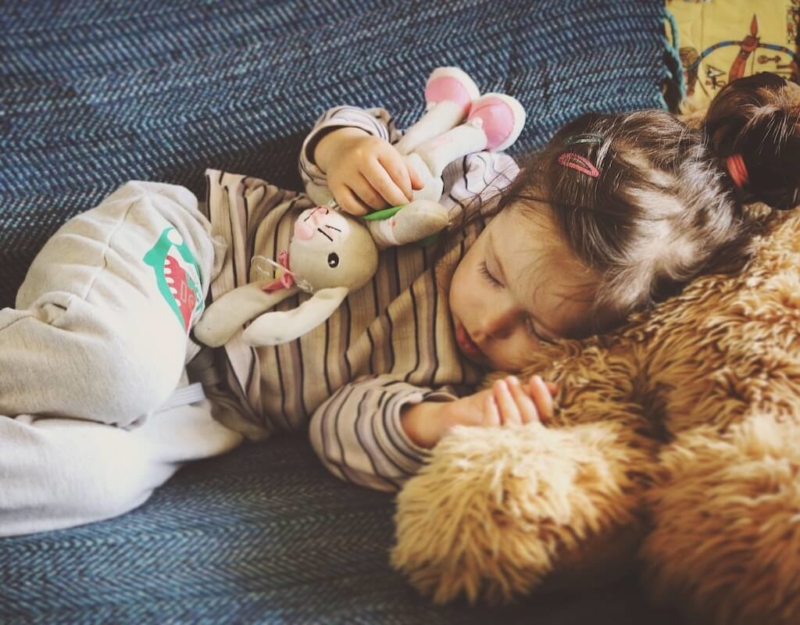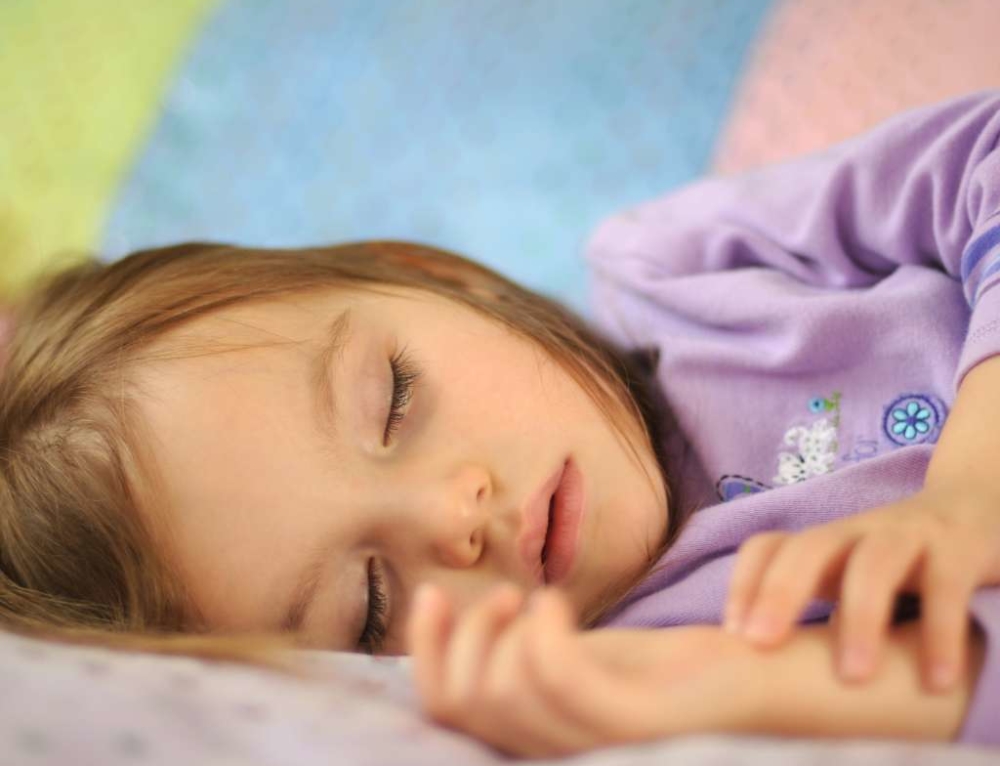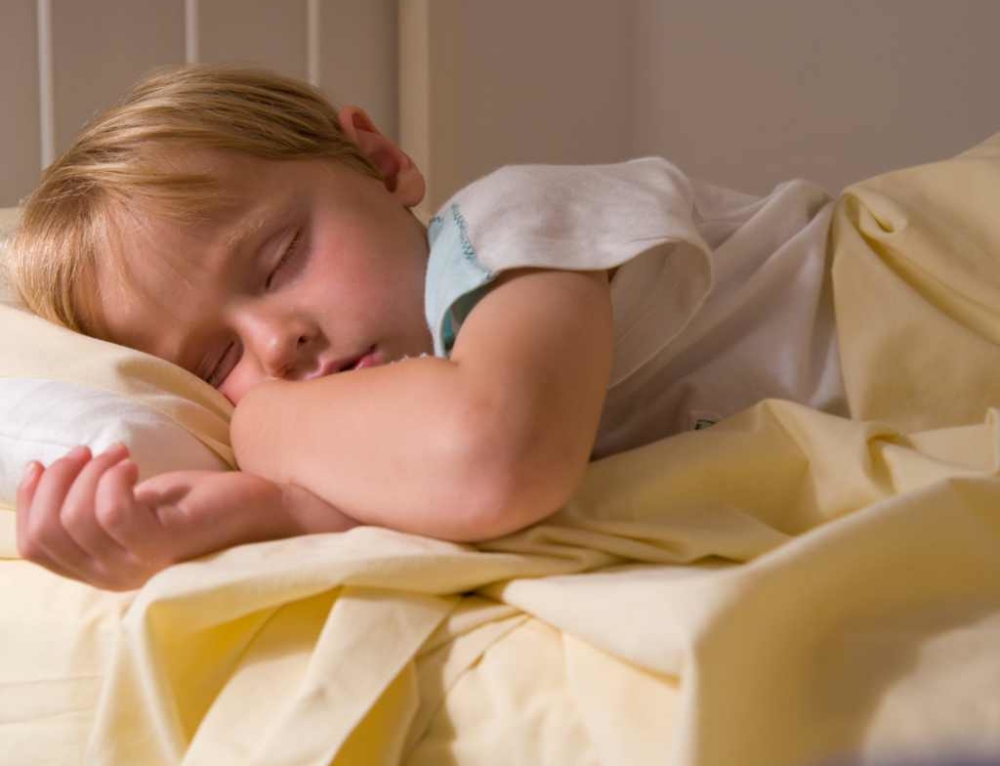Stomach aches are one of the most common ailments amongst babies, children and adults. And although they can vary in nature from mild to extremely painful, the vast majority of tummy aches pass quickly and are not a symptom of anything more sinister than gas or indigestion.
But a child complaining of non-specific stomach pain is not something that is easily ignored. A child in pain can become easily upset so it helps if you understand the type of stomach ache your child is suffering from, what has caused the stomach ache, some simple remedies as well as when you should be concerned.
Causes of stomach aches
The term ‘stomach ache’ is used to cover any and all types of pain experienced in the abdominal area – but anyone who has suffered a stomach ache knows that one stomach ache can be quite different from another. Not only can a stomach ache occur high up under the ribs or down low in the guts, but it can also be experienced as crampy and gurgling or sharp and stitch-like.
Understanding what causes the different types of stomach aches will help you give your child comfort and ease his pain:
Colic
A common cause of upset in babies under six months old, colic describes the unexplained stomach pain experienced by otherwise healthy babies for part of most days. Colic is diagnosed in about 20% of all babies. Aside from being extremely unsettled, babies with colic will extend their legs and then pull them up hard against their belly, as well as pass excessive gas. There is no cure for colic but the vast majority of babies will have outgrown the condition by five months.
Gastroesophageal reflux
Gastroesophageal reflux disease (GERD) is a condition that can occur in babies. Much like heartburn in adults, GERD causes food and digestive juices to come up into the oesophagus which then burn the sensitive lining and cause major discomfort. Symptoms of GERD include abdominal pain which results in the arching of the back and drawing up of the knees. Babies with GERD tend to outgrow the condition by their first birthday, but if you suspect GERD, consult your doctor who may recommend tests to diagnose the condition. Medications and special foods can help ease the symptoms.
Constipation
Constipation is often the cause of mysterious stomach aches that come and go. Young children – particularly those who are toilet training – often get constipated when they hold on to a bowel movement rather than go when nature calls. Constipation can cause sharp stomach aches that are centred around the left side of the belly and nausea. Increasing fibre and fluid in the diet will bring relief to this condition.
Diarrhoea
Abdominal cramping and gurgling guts are the most common types of stomach ache that accompany diarrhoea. As diarrhoea can accompany both viral and bacterial infections, along with food poisoning and parasites, it is best to keep a close eye on it (look out for other symptoms what may indicate a more serious condition) and to treat the tummy ache that comes with diarrhoea with gentle massage and a warm wheat bag on the tender area.
Worms
An infestation of roundworms can cause bad stomach aches if the infestation has been allowed to get out of hand. A stomach ache caused by worms stems from bloating and excessive gas. It can also cause cramps and possibly diarrhoea and will not respond well to any home remedies. Anti-worming medication is really the only thing that will improve this type of tummy ache.
Gastroenteritis
Gastroenteritis, or more commonly known as ‘stomach flu’ or ‘stomach bug’, occurs after a viral or bacterial infection. The stomach aches that come with gastro are usually connected to vomiting and/or diarrhoea so can involve bad abdominal cramping and sharp pain up under the ribs due to the spasming that occurs with bouts of vomiting. The best ways to ease the tummy aches that come with gastro are by offering small sips of clear fluids, plenty of rest and paracetamol for the pain.
Indigestion
Stomach aches that are sharp and high and are possibly made worse by taking a deep breath, are usually due to indigestion. Indigestion is a major cause of tummy ache in kids and is usually due to overeating, eating too quickly or drinking too many fizzy drinks or juices. Resting quietly with a hot water bottle over the tender area should provide some quick relief.
Anxiety
Stomach pain associated with anxiety is most common in kids aged 5 – 10 years old. These stomach aches often present as ‘butterflies’ in the tummy or diarrhoea-like symptoms. If suffering from this type of tummy ache, your child may want to sit on the toilet to find relief. Anxiety-induced stomach aches tend to disappear once the source of the stress is alleviated, so the best thing you can do to help your child is to uncover the problem and then work with your child on strategies to cope with the source of their anxiety.
Lactose intolerance
Lactose intolerance causes bloating, gas and diarrhoea. These symptoms will become worse with the ongoing exposure to dairy products. Aside from temporarily easing the stomach pain with rest, heat and sitting on the toilet, the best and only way to be rid of these types of stomach aches is to identify this intolerance and then to eradicate lactose from your child’s diet permanently.
Urinary tract infection
Stomach aches associated with urinary tract infection tend to produce tenderness when the pelvic area is touched, as well as frequent and painful urination. Urinary tract infections can also cause nausea, vomiting and fever. If you suspect your child has a urinary tract infection, you should see your doctor for treatment.
Appendicitis
When it comes to stomach aches, appendicitis is definitely not the first diagnosis you should jump to! While appendicitis is reasonably uncommon, it does occur and if you suspect your child is suffering from the condition, you should see your doctor immediately. Stomach aches caused by appendicitis get worse over a few hours. The pain is centred over the lower right hand section or middle of the abdomen and is tender to touch. Appendicitis may cause nausea and vomiting as well as a fever.
Stomach ache remedies you can try at home
-
Rest
Encourage your child to lie down quietly for 20 minutes. Lying flat on his back with his knees bent is the best position to ease a tummy ache.
-
Heat
Place a covered hot water bottle or heated wheat bag on the tender area to help ease the pain.
-
Drink water
Small regular sips of water can help ease a tummy ache – be careful though not to let your child drink too much too fast as this can make the pain worse and can result in vomiting.
-
Massage
Gently massaging your child’s stomach in a slow clockwise direction – which follows the direction of the digestive system – can help soothe a stomach ache.
-
Soothing tea
Make a lemon tea sweetened with a little honey. This warm drink will help relax spasming stomach muscles. A weak ginger tea is also very effective at easing stomach ache but most children will struggle to drink it.
-
Sit on the toilet
Encourage your child to sit on the toilet – for longer than a minute! Aside from the obvious benefits, the position he maintains while sitting on the toilet is an effective way of dispelling painful gas.
IMPORTANT!
Don’t give your child any medications for a stomach ache without consulting your doctor first. Laxatives can make a stomach ache worse by upsetting the bowels. Painkillers can mask more serious symptoms.
When to see your doctor about a stomach ache
Most stomach aches will resolve themselves naturally and aren’t the symptom of anything more serious than a little gas, but there are times when a stomach ache shouldn’t be ignored. Contact your doctor if:
- The stomach ache is severe in the abdomen
- It becomes worse with movement
- The ache lasts longer than a couple of hours
- The stomach ache is regular or occurs frequently
- The stomach ache is accompanied by a fever
- It is accompanied by a rash, or your child is very pale
- The stomach ache results in vomiting that contains blood or is green
- Your child is drowsy and floppy
- Your child’s poo is black, which could indicate the presence of blood
- When urination pain is experienced – always check for blood in his wee
- Your child has strong pain elsewhere
- Your child is experiencing pain in the groin, scrotum or testicles
This article was written by Ella Walsh for Kidspot, New Zealand’s best family health resource.







Leave A Comment
You must be logged in to post a comment.